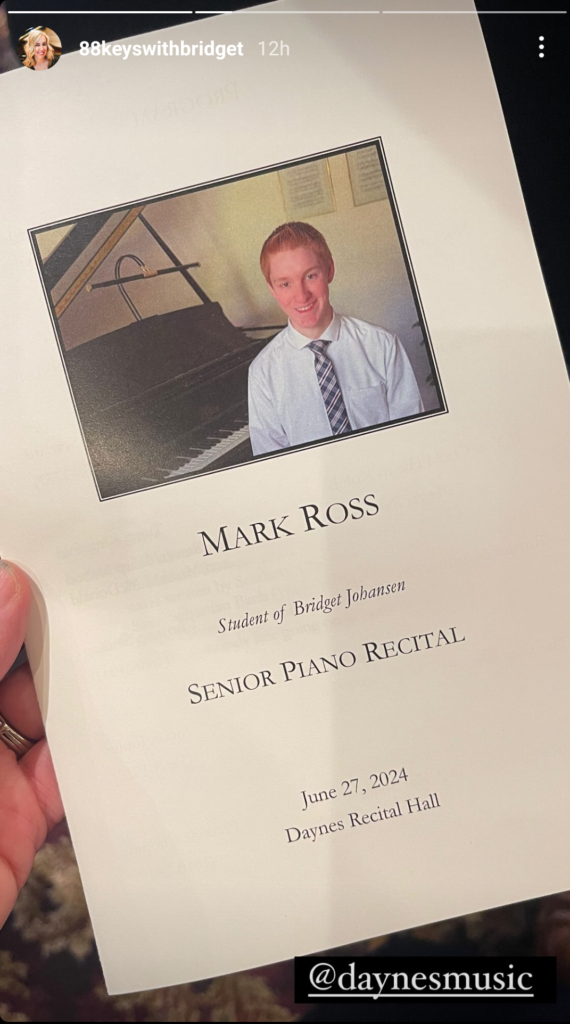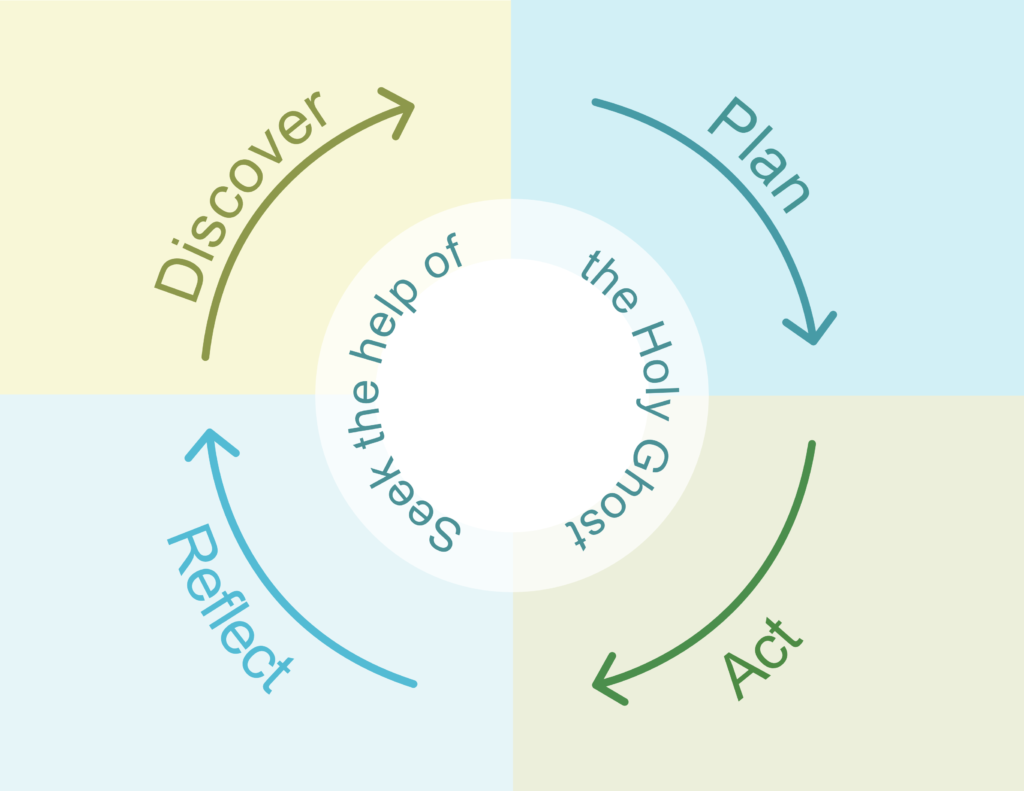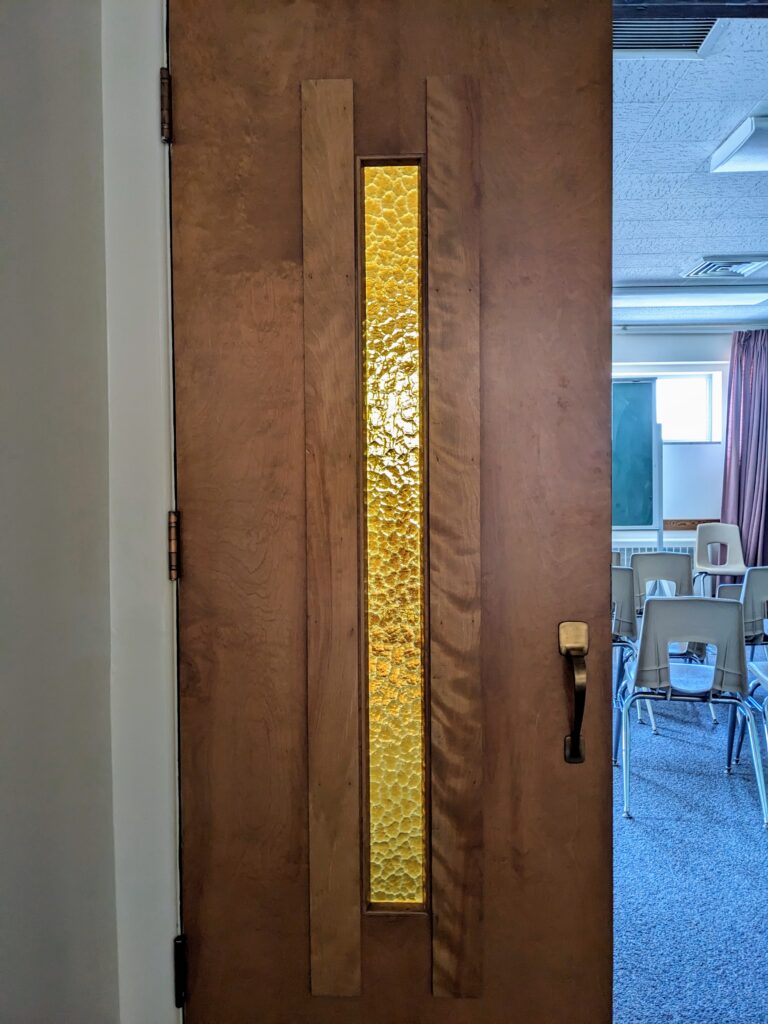
We were eating steak and ice cream at Sunday dinner on Father’s Day and it reminded us of this movie.
With this reminder, Richard and I decided to sit down to watch Pollyanna this week. We always come away from this show feeling better about life. It also reminds us of our childhoods, the feeling of a small town, and the hometown bazaars we experienced. I think the preacher storyline is especially good.
Hayley Mills earned a special Oscar for this film. She was given a miniature Oscar statue which was later stolen. Just a few years ago, the Academy presented her a new one to replace her last-of-its-kind tiny Oscar that was taken so long ago.

















